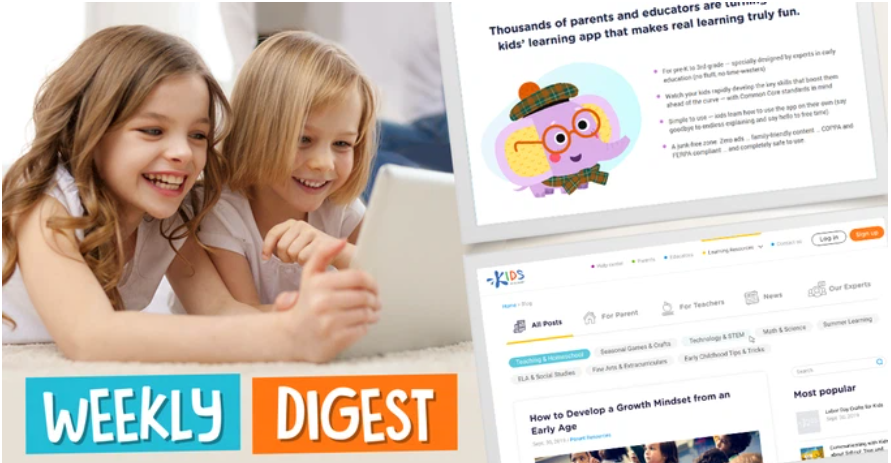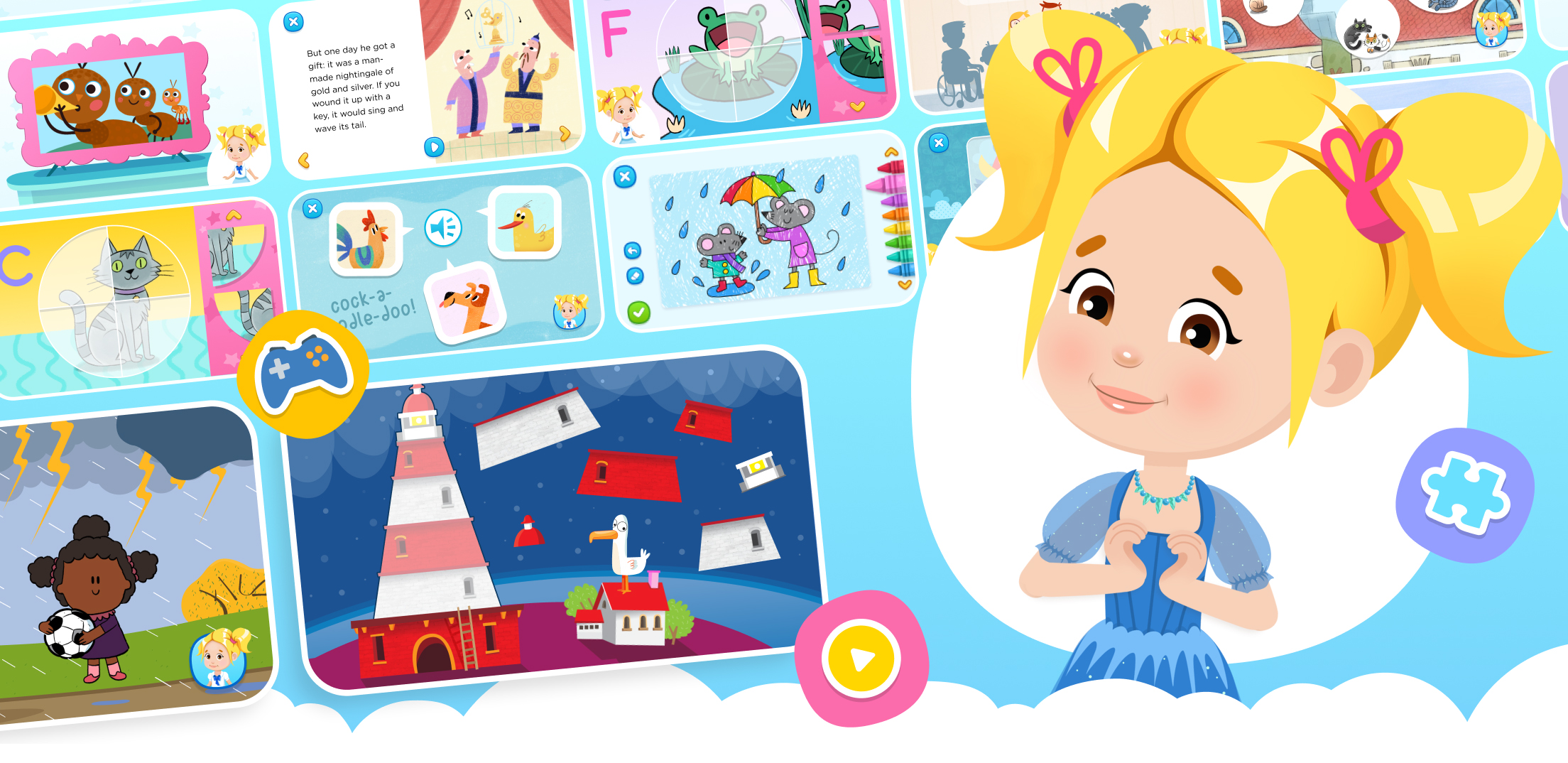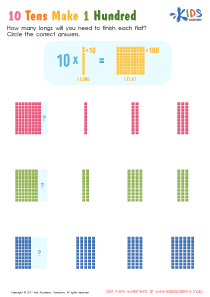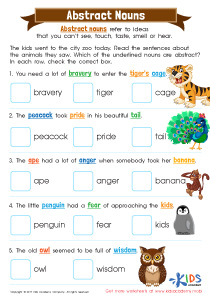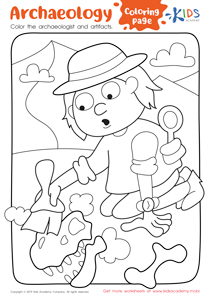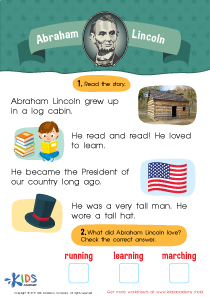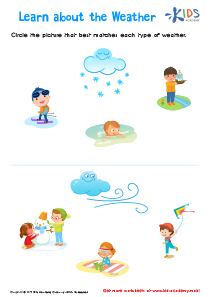Normal Vowels worksheets activities for 6-Year-Olds
2 filtered results
-
From - To
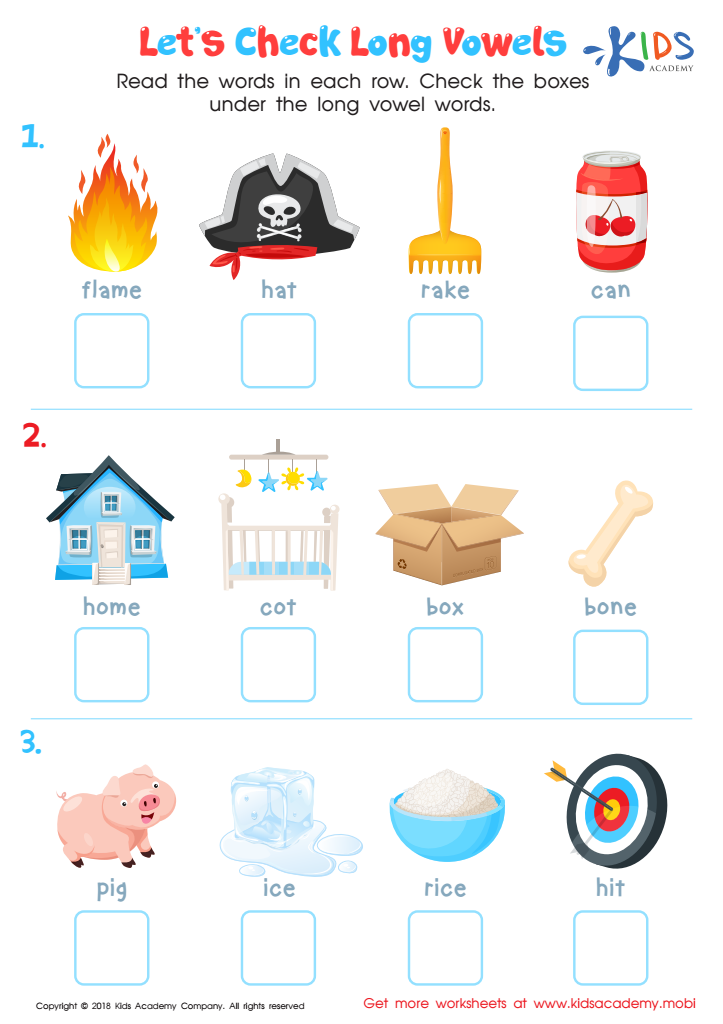

Let's Check Long Vowels: Assessment Worksheet
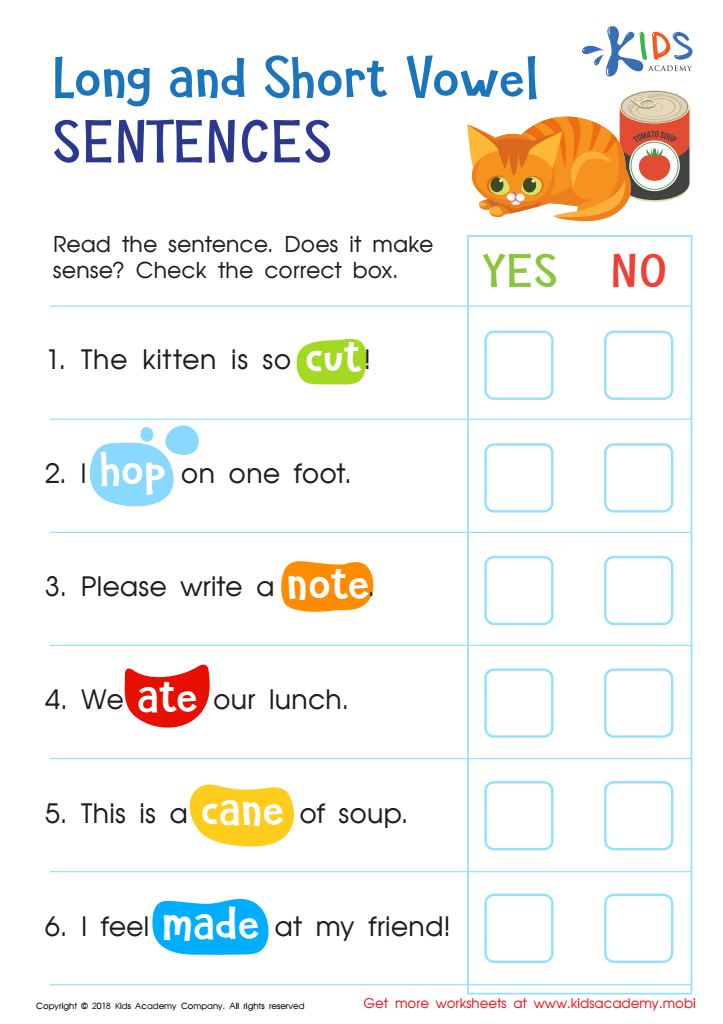

Long and Short Vowel Sentences: Assessment Worksheet
Normal vowels worksheets activities play a crucial role in the foundational stages of literacy and language development. These activities are designed to enhance understanding and recognition of vowels, which are essential components of the English language. Vowels, the letters A, E, I, O, U, and sometimes Y, serve as the core of syllables and words, making their mastery a critical step for young learners and those new to the language.
The usefulness of normal vowels worksheets activities stems from their structured approach to teaching. These worksheets offer a variety of exercises, from identifying and coloring vowels, matching them with pictures, to filling in blanks and constructing words. This diversity ensures that learners can engage with the material in multiple ways, catering to different learning styles and preferences, thus promoting a more inclusive learning environment.
Moreover, normal vowels worksheets activities provide a systematic way of learning that helps in reinforcing memory. By repeatedly encountering vowels in different contexts and exercises, learners are more likely to retain the information and recognize these letters in various words and settings. This repetition is key to solidifying their understanding and usage of vowels.
Another benefit of these activities is the encouragement of independent learning. Worksheets can be completed at the learner's own pace, allowing them to spend more time on concepts they find challenging. This self-paced learning fosters a sense of achievement and confidence in students, which is vital for their ongoing educational journey.
Importantly, normal vowels worksheets activities also serve as a diagnostic tool for educators and parents. By observing the performance on these worksheets, they can identify areas where a learner might be struggling and provide targeted support to address these gaps. This early intervention is crucial in preventing future learning difficulties.
In conclusion, normal vowels worksheets activities are not just beneficial but essential for developing a strong foundation in language skills. Through a combination of engaging exercises, reinforcement of learning, promotion of independent study habits, and the opportunity for targeted support, these activities set learners on the path to literacy success.
 Assign to the classroom
Assign to the classroom




